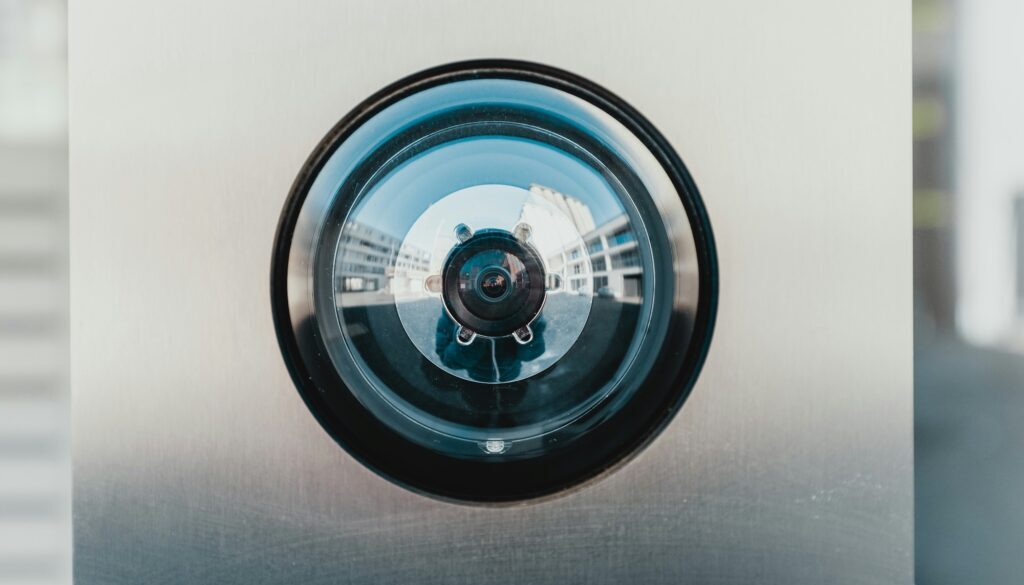The Impact of Surveillance Evidence on Personal Injury Claims
In Ontario personal injury law, insurance companies often conduct surveillance on claimants to look for inconsistencies between their reported injuries and their observed activities. While this can be legal, it raises concerns about privacy and fairness.
Surveillance may include video recording, photography, and online monitoring, particularly social media posts. If you’re claiming significant limitations, but you’re recorded doing physically demanding tasks, the insurer may use this to dispute your credibility.
However, surveillance has limits. Courts often scrutinize how and when the surveillance was conducted, whether it was misleading or out of context, and whether it reflects the claimant’s typical abilities. For example, someone photographed lifting a bag on one good day doesn’t disprove they suffer chronic pain the rest of the week.
Ontario courts generally allow surveillance evidence, but it must be disclosed during the discovery process. It cannot be used as a surprise in trial unless there are exceptional circumstances.
If you suspect you’re under surveillance, continue to follow your treatment plan and be honest with your doctor and lawyer. Don’t exaggerate or minimize your injuries.
To ensure your personal injury claim is handled fairly, including how to respond to surveillance, contact Hilborn and Konduros in Cambridge, Ontario.



